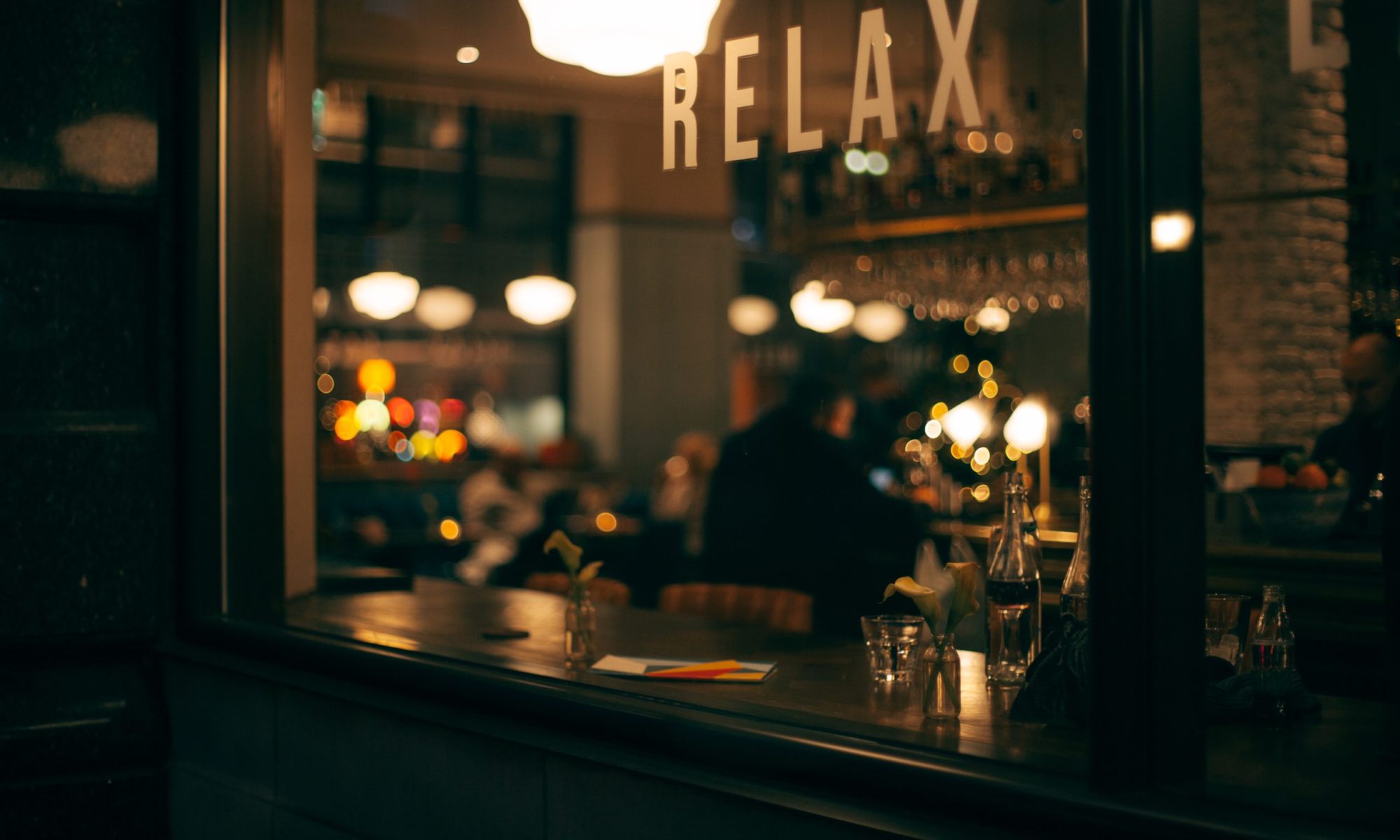Last week my family went on a circle tour of some great desert locations including a stop at Page Arizona. Page is nestled against the Navajo Nation reservation where the Antelope canyon and other slot canyons rest within wind carved sand dunes. We hired a Navajo guide to take us onto their land and had a great time taking pictures.
Several decades ago these slot canyons were open and free to the public. They had been discovered by sheep herders who would inevitably find their animals resting in the cool shade during the heat of the day within these slot canyons. Over time they brought friends in to see the canyons and ultimately closed them off from the public and started charging admission. This is usually anywhere from $15 to $45 per person depending on how duration and time of day the tour takes place.
Some tour guides don’t count their guests which means people do occasionally get left behind in the desert. Strange policies are in place which prohibit any tour guide other than the one who brought the guest to drive them out of the 5 miles of burning hot desert. For this reason alone you want a reputable tour guide. We used Robert and Carolene Ekis’ company as our guides.
It should also be forewarned that they are heavy on the guilt trips when wanting to milk high gratuities from you. This goes double if they think you are a professional photographer. Tips may go anywhere from $5 for a disgruntled look to $20 for a half-hearted “thank-you”. A general guideline is at least $5 per adult and $1 per child for a basic visit. If they’re very helpful with pointing out shot locations tack on another $5 or so. Professional photographers get some special treatment (don’t know what) and it sounded like they wanted at least a $20 tip from them.
For an Indian guide to retain rights to bring tours into the canyons they have to perform a ceremony within them each year. They give homage to the earth, water and sky. Not exactly sure what that entails.
It was great fun. If I return, I’ll make sure to get special permission to sell the photos. Without that certificate the photos have to remain free and for non-profit use only. Almost sounds like open-source photography.




